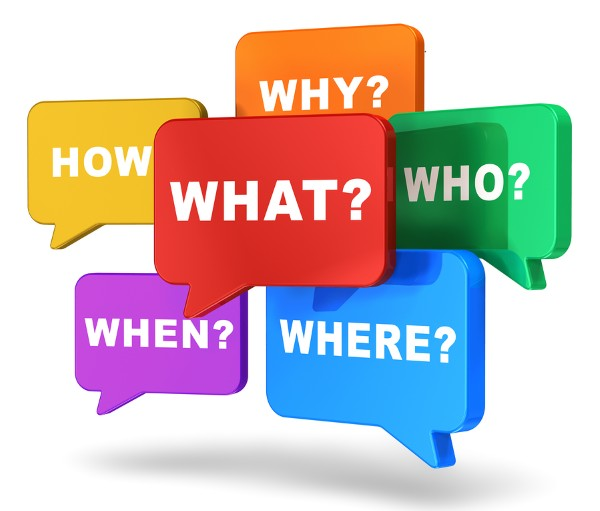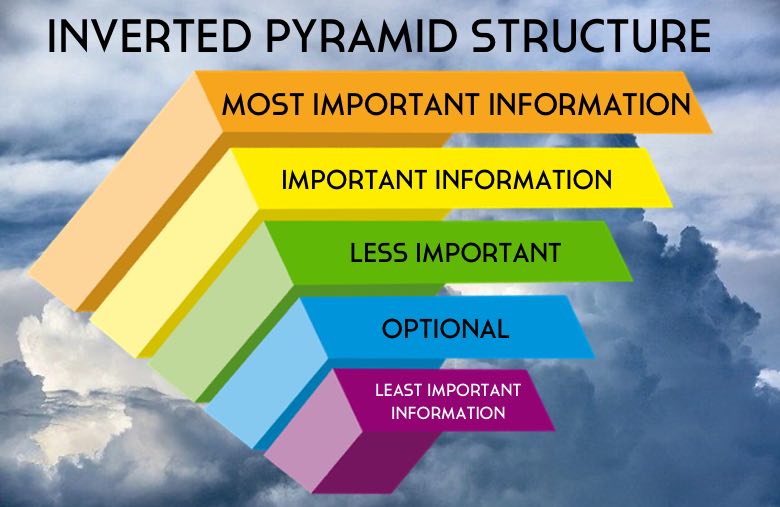Journalists and Public Relations (PR) professionals are similar in that they both rely on 'Communication.' Because of the use of online modern tools such as release distribution platforms, public relations has become more accurate and targeted, and journalism is not dying. However, there are things Public Relations must keep in mind when communicating with journalists and sending press releases.
Here are some of the PR strategiestomake journalists happy.
The 5Ws & 1H
This formula is critical and is followed by all journalists and media outlets. 5Ws and 1H are Who, What, When, Why, Where, and How. The 5Ws are questions whose answers are considered fundamental in gathering information or solving problems.
Although most public relations professionals adhere to this formula, many do not, which irritates a journalist while reading a press release. As a result, even if your release contained interesting or relevant information, he may disregard it. To make journalists' lives easier, the release should include 5Ws and 1H.
The Inverted Pyramid Style
The Inverted Pyramid Style, which is as important as the 5Ws and 1H, is used by journalists, writers, and bloggers to demonstrate how information should be prioritized and structured in prose. It is commonly used in the creation of news stories. It is a metaphor for mentioning the most important information at the top (first paragraph) of the press release. Then follow with important details in another paragraph. Finally, other general information or the story's background should be written.
According to scores of journalists, most public relations fail to use the Inverted Pyramid style, putting the least important information at the top and the most important information at the bottom. However, there are several advantages to using this format, including the ability for readers to quickly determine whether they want to read your work.
By doing so, you increase your chances of keeping a journalist happy and your readers engaged with your content.The fact that today's internet users are impatient for results cannot be denied. If they can't quickly and easily identify points of interest in your article, they're likely to abandon it. As a result, journalists expect PR to strictly adhere to this style.
Press Releases Should Be Customised To The Journalist
You should know the journalist as well as the audience of the publication to which you are reaching out.
Begin by addressing them directly by name — and whatever you do, don't misspell their name. CRINGE.
As a public relations professional, you want to establish a relationship with the journalist. So, in every interaction, be courteous and converse. If you're not sure if something is relevant to their audience, ask. And, once they've informed you that they don't cover that particular topic, don't send any more content on the subject.
By tailoring your content to specific journalists, you will establish a good rapport with them, and they will want to assist you in getting your content published in the future. As simple as that.
PR Pitches Should Include Engaging Visuals
Every press release you distribute should include a relevant image. The image should be appropriate for the publication's style and layout. For instance, press releases on media updates are always accompanied by landscape images.
However, in addition to a relevant image to accompany your press release, you can include a variety of other types of visuals. Consider infographics, maps, videos, and even animated GIFs.
We live in a modern era, which necessitates modern press releases that are both well-written and visually appealing. Incorporating eye-catching visuals into your press releases will enhance the information you've written while also capturing the attention of the journalist you're pitching to.
Consider including ways to include in your press releases when writing them.
Avoid Informal Words, Over Explanation, Repetition
PR should not use words like 'Mr' or 'Mrs' before anyone's name when pitching your release because it is not acceptable to them. However, most public relations professionals use such words and name every person who irritates him. Always use formal language to keep the reporter's attention on the story's content. Notably, you should not be required to state whether you are happy, excited, or sad about it.
Furthermore, do not paraphrase a single sentence several times. This will give the journalist to whom you are sending the release a negative impression.
Provide Multimedia To Get Pioritize
You should not ignore multimedia if you want to please a journalist with your content. If you include multimedia with your release, such as photographs, videos, and infographics, you will be given priority over others. As a result, the press release becomes more appealing and relevant for readers to understand what it is about. Before you even start writing your message greeting, type Images attached to email in bold at the top to let the journalist know you've included more than just words.
People Also Ask
Why Is PR Strategy Important?
The best public relations plans are comprehensive, with a clear outline of objectives, key messages, target audiences, tactics, and metrics to serve as a roadmap for achieving a specific goal.
Why Do Journalists Need PR People?
In an era when the term "fake news" has pushed the media industry to be more accountable and provide credible sources to back up their stories, public relations professionals can assist journalists by providing concise news hooks and readily available sources, thereby building strong relationships that benefit the PR person.
Can PR Practitioners Help Journalists?
Historically, one of the most important connections for PR professionals has been with journalists. Public relations professionals rely on their journalistic connections to spread their messages, and journalists rely on PR to find interesting stories, fill quotas, and meet deadlines.
Conclusion
It will be easier to communicate your goals and activities if you have a PR strategy. For example, you can tell your client exactly what you will do for them and when you will do it. A public relations strategy allows you to consider every aspect of communicating a message in the best way possible. It will also assist you in maximizing the success of your public relations efforts and obtaining the most appropriate media coverage.


